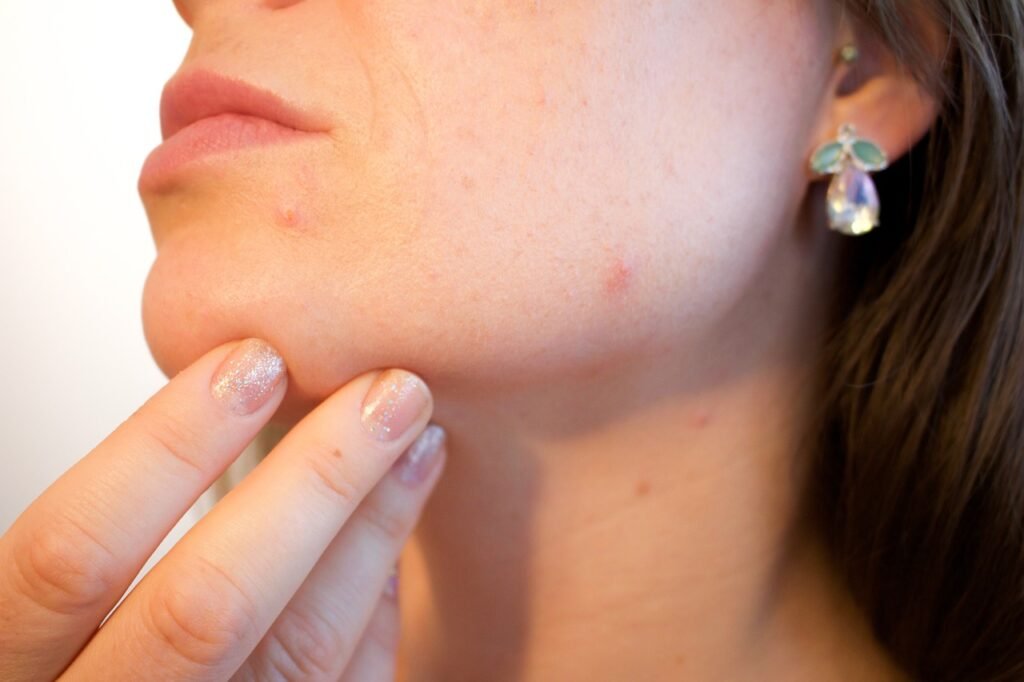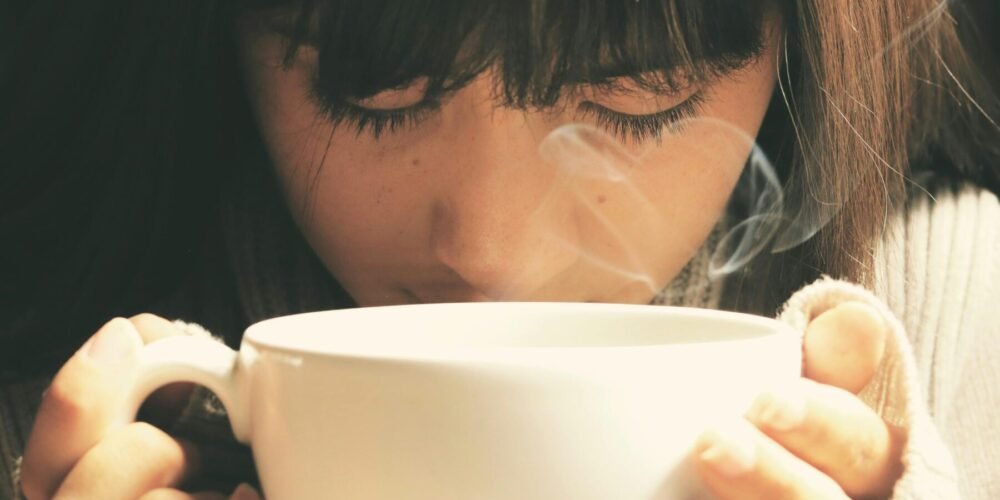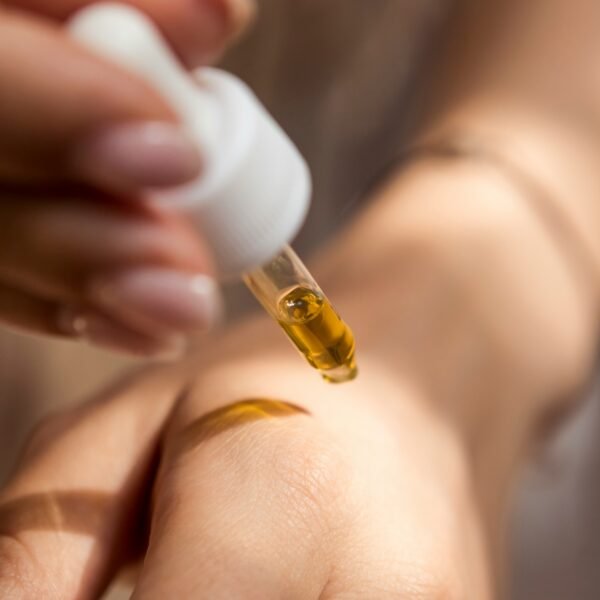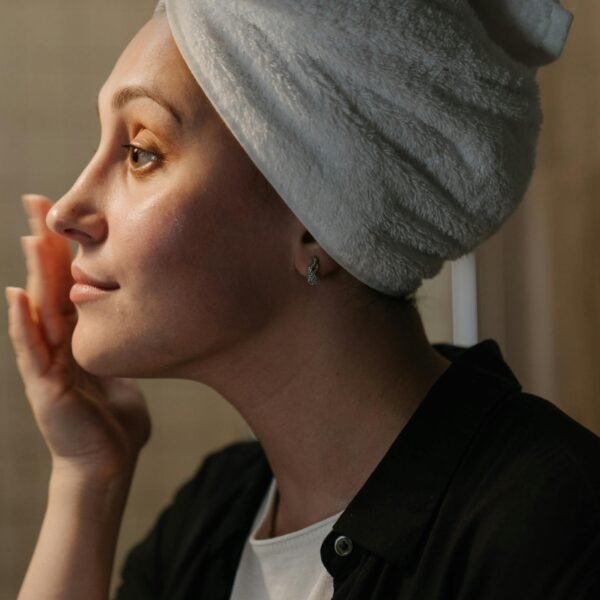If you’ve been on the quest for clearer skin, you’ve probably heard about the potential benefits of facial steaming. But amidst the myriad of skincare tips and tricks, one burning question remains: Does steaming your face actually help combat acne?
Many of us are constantly searching for that perfect skincare routine to keep our skin clear and healthy. As someone who’s tried countless remedies and treatments, I know how frustrating it can be to find what truly works.
In this post, we will be learning about facial steaming and its effects on acne. Let’s explore the potential benefits, the science behind it, and whether it’s worth adding to your skincare routine.
What is Facial Steaming?
Facial steaming involves exposing the face to steam, typically generated by hot water, to open up the pores and promote skin hydration. It’s a popular practice in spas and at-home skincare routines, often touted for its relaxing and rejuvenating effects.
Facial steaming isn’t a new concept. It’s been used for centuries in various cultures as a way to cleanse and pamper the skin. From ancient Roman baths to modern-day spas, steaming has long been associated with relaxation and skin health.
But does steaming your face actually help with acne?
The Benefits of Facial Steaming for skin
Facial steaming is renowned for its multitude of skin benefits, and among them is its ability to stimulate collagen production. Here’s a comprehensive look at why facial steaming is a favorite among skincare lovers:
1. Opens Pores: One of the primary advantages of facial steaming is its capacity to open up pores effectively. This process allows for the gentle extraction of impurities such as excess dirt, excess oil, and bacteria, thereby reducing the likelihood of clogged pores and acne breakouts.
2. Enhances Circulation: The warmth of the steam encourages boost of blood flow to the face, leading to a revitalized and radiant complexion. Increased blood flow enhances delivery of vital oxygen and nutrients to skin cells, facilitating cell renewal and regeneration.
3. Softens Skin: Facial steaming aids in softening the outer layer of the skin, making it easier to slough off dead skin cells and debris from the surface of the skin. As a result, the skin appears smoother and more luminous with an improved texture.
4. Boosts Product Absorption: By preparing the skin to better absorb skincare products, facial steaming maximizes the efficacy of serums, moisturizers, and other treatments. With pores opened and the skin primed, these products can penetrate deeply, delivering nourishment where it’s needed most.
5. Promotes Detoxification: The heat from facial steaming encourages sweating, which aids in detoxifying the skin by eliminating toxins and impurities. This detoxification process can lead to clearer, healthier-looking skin over time.
6. Hydrates the Skin: Facial steaming boosts skin hydration by increasing moisture levels and preventing dryness. This is particularly beneficial for individuals with dry or dehydrated skin, as it replenishes lost moisture and restores balance.
7. Stimulates Collagen Production: Perhaps one of the most coveted benefits of facial steaming is its ability to stimulate collagen production. Collagen is a protein essential for maintaining skin firmness and elasticity, and increased production can lead to plumper, younger-looking skin over time.

What is the Correlation Between Facial Steaming and Acne
Alright, let’s get into the nitty-gritty: the science behind facial steaming and its effects on acne. To understand whether steaming is a friend or foe to acne-prone skin, we need to look at the facts.
How Facial Steaming Affects the Skin
When you steam your face, the heat causes your pores to open up. This can help loosen dirt, oil, and other impurities trapped in your skin, thereby preventing acne-causing bacteria from finding a breeding ground. But how does this process impact acne?
The Acne-Clearing Claim
Many people believe that steam helps combat acne by opening up pores and making it easier to remove impurities. This can help loosen dirt, oil, and other impurities trapped in your skin, thereby preventing acne-causing bacteria from finding a breeding ground. This prevents the formation of new pimples. But how accurate is this claim?
The Science Behind Acne Formation
To get to the bottom of this, we first need to understand how acne forms. Acne develops when:
- Pores Get Clogged: Dead skin cells, oil (sebum), and debris can block hair follicles (pores). This creates an environment where acne can thrive.
- Bacteria Multiply: The clogged pore is an ideal breeding ground for bacteria, particularly Propionibacterium acnes (P. acnes). This bacteria contributes to inflammation.
- Inflammation Occurs: The body’s immune response to the bacteria and blockage leads to inflammation, causing red, swollen, and sometimes painful pimples.
Given this process, it’s clear that any effective acne treatment needs to tackle clogged pores, bacteria, and inflammation.
Effectiveness as a Standalone Treatment
It’s also important to address whether face steaming alone is enough to treat acne:
- Not a Cure-All: While steaming can help with some aspects of acne, it doesn’t address all the underlying causes. Acne is often caused by hormonal imbalances, bacteria, and inflammation, which steam alone cannot resolve.
- Need for Comprehensive Care: Effective acne treatment usually involves a combination of good skincare practices, topical treatments, and sometimes medication. Steaming can be a helpful addition but shouldn’t replace other essential steps.
Expert Opinions
Dermatologists have mixed views on facial steaming for acne. Some believe that it can be a useful part of a comprehensive skincare routine when done properly and in moderation. Others caution that for certain skin types, particularly those with sensitive skin or highly inflamed acne, steaming might do more harm than good.
Potential Benefits of Facial Steaming for Acne
Let’s explore the potential benefits of facial steaming for acne. While it’s not a cure-all, many people swear by it. Here are a few common benefits:
- Improved Skin Texture: Users often notice that their skin feels softer and smoother after steaming.
- Easier Extractions: Some find that steaming helps loosen blackheads and whiteheads, making them easier to remove.
- Enhanced Product Absorption: Many believe that their skincare products work better after steaming, as the open pores allow for deeper penetration.
- Softening the Skin: The heat from the steam relaxes the skin and opens up the pores, making it easier to cleanse and extract impurities. This can help in reducing the number of blackheads and whiteheads.
- Facilitating Exfoliation: Steamed skin can be more receptive to exfoliation, helping in the release of dead skin cells that might otherwise clog pores and lead to acne.
- Enhance Skin’s Permeability: Research indicates that heat and steam can increase skin permeability, allowing for better absorption of topical treatments. This can be particularly beneficial for those using acne medications or serums.
- Improved Blood Circulation: Studies show that heat can boost blood circulation, which can aid in skin repair and regeneration.
The Potential Risks and Drawbacks
While facial steaming has its benefits, it’s crucial to be aware of the potential risks and drawbacks. Understanding these can help you make an informed decision about whether steaming is right for your skincare routine.
1. Skin Irritation and Burns
One of the most significant risks of facial steaming is the potential for skin irritation and burns. Here are a few ways this can happen:
- Too Much Heat: If the steam is too hot or you steam for too long, you can end up with burns or severe irritation. It’s important to keep the steam at a comfortable distance and limit sessions to 10-15 minutes.
- Sensitive Skin: Those with sensitive skin may find that steaming exacerbates redness and irritation. If you have conditions like rosacea or eczema, steaming can make these issues worse.
2. Stripping Natural Oils
Another potential drawback of facial steaming is that it can strip the skin of its natural oils:
- Dryness: Oversteaming can remove too much oil from the skin, leading to dryness. This is counterproductive, especially if your goal is to prevent transepidermal water loss and maintain a healthy moisture balance.
- Increased Sensitivity: Without its natural oils, your skin can become extra sensitive to environmental factors and skincare products. This can lead to a cycle of irritation and breakout.

Different Ways to Steam Your Face
Facial steaming can be customized to suit your preferences and needs. Here are some different methods you can try:
1. Traditional Bowl Method: This classic method involves boiling water and pouring it into a bowl. You then lean over the bowl, covering your head with a towel to trap the steam. This method is simple and effective, requiring only hot water and a towel.
2. Steamer Device: Facial steamers are specially designed devices that emit steam directly onto your face. They often come with adjustable settings for temperature and steam intensity, allowing for a more controlled experience. Steamers are convenient and easy to use, making them a popular choice for at-home spa treatments.
3. Shower Steam: Taking a hot shower can also provide the benefits of facial steaming. The steam from the shower can open up your pores and soften your skin, making it an effortless way to incorporate steaming into your daily routine.
4. Herbal Steam: Adding herbs or essential oils to your steam can enhance its benefits. Common herbs used for facial steaming include chamomile, lavender, and rosemary, each offering unique properties for your skin. Simply add a few drops of essential oil or a handful of dried herbs to your bowl of hot water before steaming.
5. DIY Steam Tent: If you don’t have a facial steamer, you can create a DIY steam tent using a pot of hot water and a towel. Place the pot on a flat surface, cover your head with a towel, and lean over the pot to capture the steam. This method mimics the effect of a traditional steam facial and can be easily done at home.
Experiment with these different methods to find the best option for you. Whether you prefer the simplicity of a bowl of hot water or the convenience of a specialized steamer device, facial steaming can be a relaxing and effective addition to your skincare routine.
Step-by-step guide on the steaming process
Facial steaming can be a beneficial part of your skincare routine if done correctly. Here’s a step-by-step guide with the traditional bowl method for maximum benefits:
Gather Your Supplies
Before you start, make sure you have the following:
- A bowl of hot water (not boiling)
- A towel
- A clean face towel
- Optional: essential oils or herbs like chamomile or green tea
Before Steaming
1. Cleanse Your Face: First step is to start with a clean canvas. Use a gentle cleanser to remove makeup, dirt, and oil. This ensures that the steam can penetrate your skin effectively.
2. Exfoliate (Optional): If you want to enhance the effects of steaming, lightly exfoliate your skin to remove dead skin cells. Be gentle to avoid irritation.
Start Steaming
1. Heat the Water: Boil water and let it cool slightly. You want it to be hot but not scalding. Pour the water into a bowl.
2. Add Extras (Optional): For added benefits, you can add a few drops of essential oils or a handful of herbs to the water. Lavender oil is soothing, while tea tree oil has antibacterial properties.
3. Create a Steam Tent: Place the bowl on a table, drape a towel over your head to create a tent, and lean over the bowl. Keep your face about 6-8 inches from the water. Close your eyes and relax.
4. Steam Your Face: Steam for about 5-10 minutes. Take deep breaths and enjoy the warmth. If it gets too hot, take breaks as needed.
After Steaming
1. Pat Dry: Gently pat your face dry with a clean towel. Avoid rubbing your skin.
2. Apply a Mask (Optional): Your pores are now open, making it an ideal time to apply a face mask. Clay masks are great for drawing out impurities, while hydrating masks can replenish moisture.
3. Tone and Moisturize: Use a toner to close your pores and restore your skin’s pH balance. Last step is to follow with a good moisturizer to lock in hydration.
Tips for Best Results
– Frequency: Steam your face once a week. Overdoing it can lead to dryness and irritation.
– Hydrate: Drink plenty of water before and after steaming to stay hydrated.
– Listen to Your Skin: If you have sensitive skin or conditions like rosacea, consult with a dermatologist before adding steaming to your routine.
Steaming can be a relaxing and effective way to boost your skincare regimen. By following these steps, you can enjoy clearer, healthier skin.
Conclusion
Facial steaming can be a helpful addition to your acne treatment routine by opening pores, softening the skin, and aiding in impurity removal. However, it’s important to be aware of the risks, such as skin irritation and dryness, and not to rely solely on steaming.
Effective acne management requires a comprehensive approach, including topical treatments, oral medications, and professional skincare procedures. Tailor your skincare routine to your specific needs, balancing, cleansing, moisturizing, and sun protection.
Use facial steaming in moderation, ensuring the steam is at a safe temperature and limiting sessions to avoid overdoing it. Always follow up with hydrating and protective skincare products.
By integrating facial steaming with other acne treatments, you can better manage your acne and achieve healthier, clearer skin.





Leave a Reply